Disclosure: This article contains affiliate links. We may earn a commission from purchases at no extra cost to you, which helps our travel content.
There's something deeply liberating about exploring a city without the constraints of a vehicle. As someone who's managed hotels for decades, I've always found that the true pulse of a place reveals itself when you travel as locals do—on foot and via public transit. Wellington, New Zealand's compact capital, perfectly embodies this philosophy. Nestled between rolling hills and a stunning harbor, this vibrant city offers one of the most accessible and efficient public transport systems I've encountered in my travels. During my recent week-long stay, I discovered that not having a car wasn't just economical—it was preferable. The city's intimate scale and comprehensive transit options made every corner accessible, from the bustling waterfront to the tranquil botanical gardens perched above the city. This guide shares everything families need to know about navigating Wellington car-free, drawing from both my professional hospitality expertise and personal love for immersive, sustainable travel.
Understanding Wellington's Transit System: The Basics
Wellington's public transportation system operates under the Metlink umbrella, integrating buses, trains, and harbor ferries into one cohesive network that serves both the city center and surrounding regions. What impressed me most was the system's intuitive design—something I've come to appreciate after years of navigating transit options around the world.
At the heart of Wellington's system is the Snapper card, the city's reloadable payment card. Similar to London's Oyster or Hong Kong's Octopus, this blue card became my constant companion. For families traveling together, I recommend purchasing a card for each adult (children under 5 travel free). At just $10 NZD plus your initial load amount, the card pays for itself quickly through discounted fares—about 25% less than cash tickets.
I picked up my Snapper card at the Wellington i-SITE Visitor Centre upon arrival, though they're also available at most supermarkets and convenience stores throughout the city. For families managing multiple cards, I found the travel wallet invaluable for keeping Snapper cards, paper tickets, and transit maps organized and easily accessible.
The Metlink website and mobile app became indispensable tools during my stay. The real-time tracking feature saved me countless minutes of unnecessary waiting, especially important when traveling with children who might grow restless at bus stops. The trip planner function also proved remarkably accurate, accounting for walking times between stops and connections.
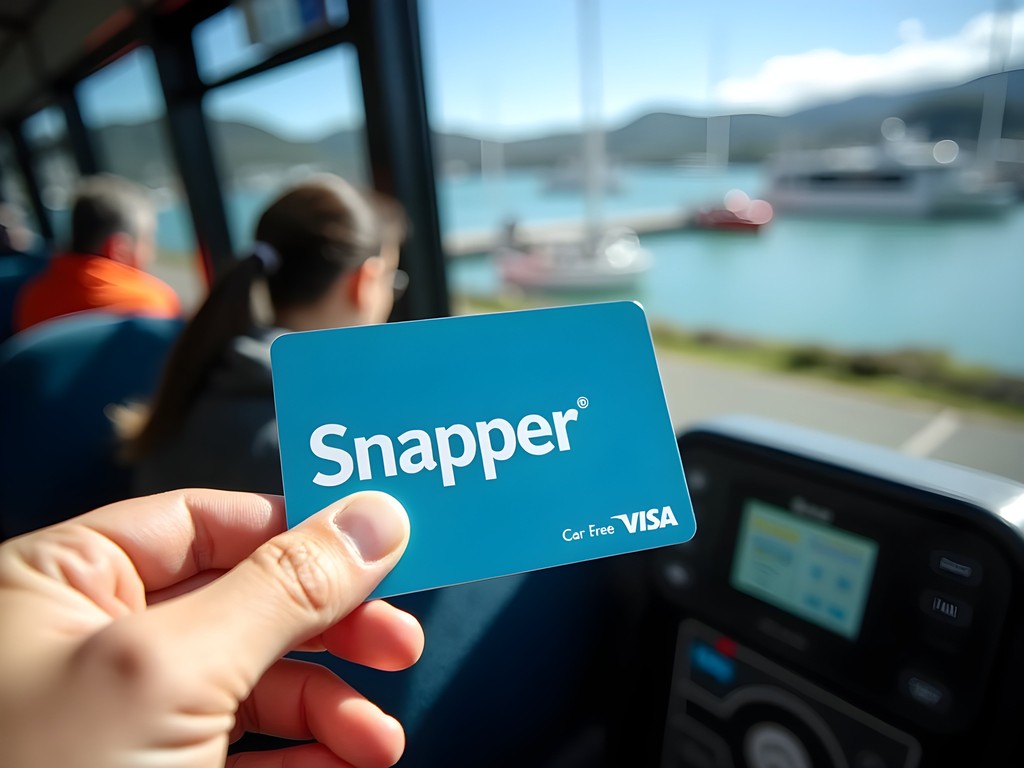
💡 Pro Tips
- Download the Metlink app before arriving for real-time updates and trip planning
- Purchase Snapper cards for each adult immediately upon arrival
- Register your Snapper cards online to protect your balance if cards are lost
Mastering Wellington's Bus Network
Wellington's distinctive yellow and green buses form the backbone of the city's transit network, with routes that cover virtually every neighborhood worth visiting. During my week exploring the city, I found the bus system to be remarkably punctual and clean—a testament to the city's commitment to quality public transportation.
The most useful routes for visitors center around the main transit spine that runs along Lambton Quay, Willis Street, and Courtenay Place. This corridor is serviced by numerous routes, meaning you rarely wait more than 5-10 minutes for a bus during daytime hours. For families with young children, I appreciated that most buses feature low-floor designs for easy boarding with strollers.
The #2 bus became my personal favorite, connecting the Wellington Railway Station with the charming coastal suburbs of Oriental Bay, Hataitai, and Kilbirnie. This route provides access to Wellington Zoo and the fascinating Weta Workshop—both must-visits for families. Meanwhile, the Airport Flyer (route #91) offers direct service between the airport and city center every 20 minutes, though at a premium price compared to standard routes.
For families planning multiple bus journeys in a day, consider the Day Pass option, which provides unlimited travel across all buses and trains within the Wellington zone for a flat fee. Simply ask the driver to load this onto your Snapper card at the start of your day.
While Wellington's compact center is easily walkable, I found having a collapsible water bottle essential for staying hydrated between transit connections without adding bulk to my daypack. Wellington's hilly terrain means even short walks can be thirsty work!
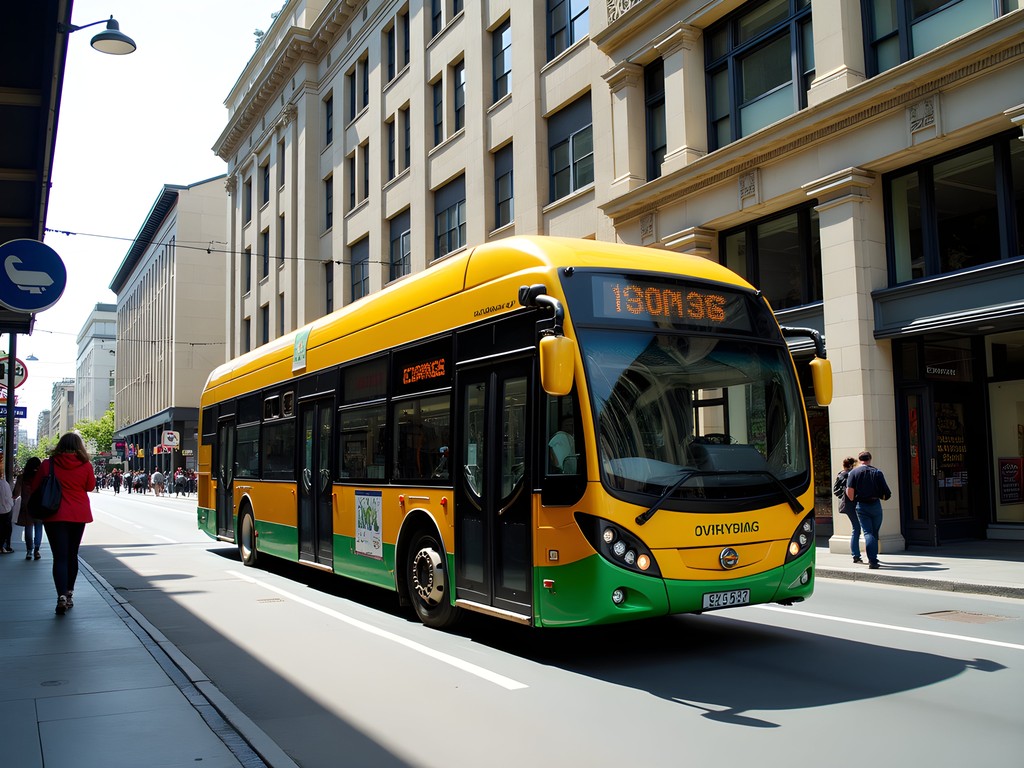
💡 Pro Tips
- Sit on the left side of buses heading to coastal suburbs for the best views
- Signal the driver well in advance when approaching your stop
- Bus drivers can provide change but prefer exact fare or Snapper card payment
Exploring Beyond the City via Rail
While Wellington's bus network excellently serves the city proper, the metropolitan rail system opens up the greater Wellington region for day trips and extended explorations. Five train lines radiate from Wellington Railway Station—a magnificent heritage building worth visiting in its own right—connecting the city with the Hutt Valley, Porirua, Kapiti Coast, and the charming Wairarapa wine region.
For families seeking to escape the urban environment, I highly recommend the Kapiti Line journey. This 60-minute rail trip hugs the coastline north of Wellington, offering spectacular ocean views before terminating at Waikanae. My Ojibwe ancestors understood the healing power of water, and watching the Tasman Sea crash against rugged shores from the comfort of a modern train carriage offers similar restoration for the urban-weary spirit.
The Wairarapa Connection provides access to Martinborough's renowned vineyards and olive groves. While this might seem less child-friendly, many wineries have created family areas with games and non-alcoholic offerings. The train journey itself, passing through the dramatic Remutaka Range, captivates travelers of all ages.
All train lines accept the Snapper card within the Wellington zone, but paper tickets are required for journeys beyond. Purchase these at the station before boarding or use the convenient ticket machines. Weekend family pass options offer excellent value for groups exploring the region.
During my rail journeys, I relied on my binoculars to spot distant wildlife along the coast and across farmland valleys. The compact size made them easy to carry, while the quality optics brought distant landscapes into focus—perfect for keeping children engaged during longer journeys.
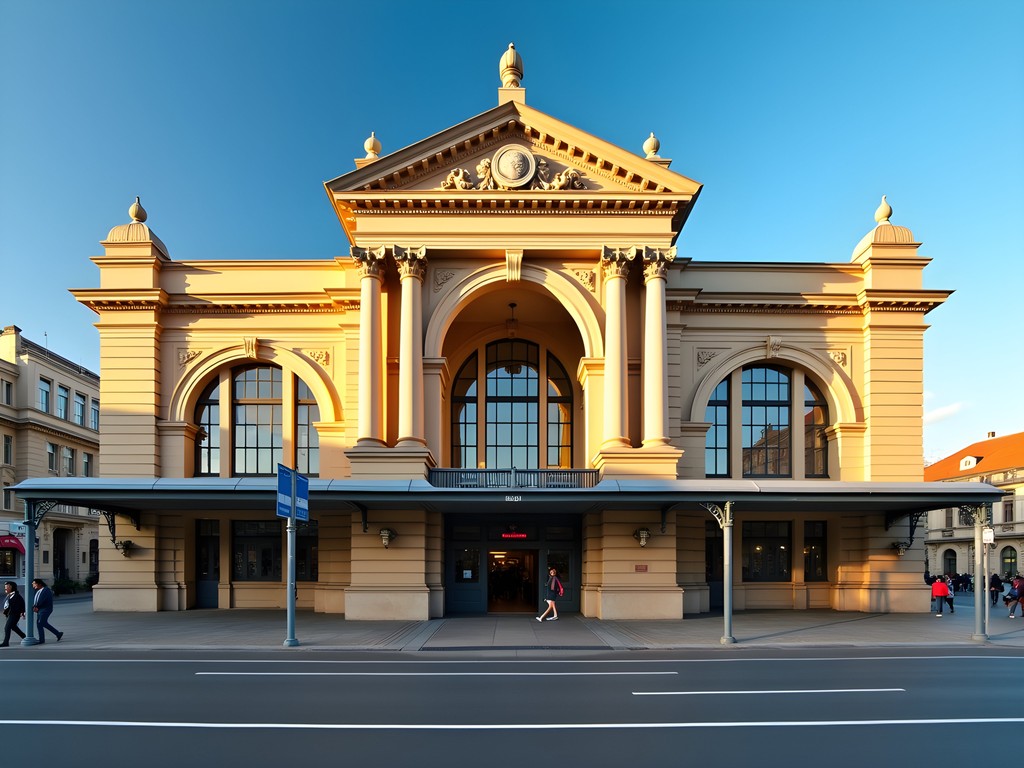
💡 Pro Tips
- Arrive at Wellington Station 15 minutes before departure for regional trains
- Choose window seats on the left side when heading north for the best coastal views
- Consider an early start for day trips to maximize exploration time at destinations
Harbor Ferries: Scenic Transport to Must-Visit Destinations
Wellington's identity is inseparable from its harbor, and experiencing the city from the water provides a perspective that land-based transport simply cannot match. The East by West ferry service connects the city center with Days Bay and Seatoun, transforming necessary transportation into memorable sightseeing.
The 25-minute journey to Days Bay became a highlight of my Wellington stay. As we pulled away from Queens Wharf, the city's skyline revealed itself in full panoramic glory—the perfect opportunity to capture those essential family photos with the iconic Beehive parliament building and Mt. Victoria in the background. My action camera proved invaluable here, its waterproof design and image stabilization capturing smooth footage despite the occasionally choppy harbor conditions.
Days Bay itself rewards visitors with a beautiful beach, the enchanting Eastbourne village, and access to walking trails in the Eastern Bays. Families will appreciate the large playground adjacent to the wharf and the array of ice cream shops along the beachfront. Pack swimwear during summer months—the sheltered bay offers safer swimming than Wellington's more exposed beaches.
The ferry schedule varies seasonally, with more frequent sailings during summer and weekends. I recommend checking the timetable in advance and planning around the limited departures, especially during winter months. While the Snapper card isn't accepted on ferries, the reasonable fares (with family and return discounts available) make this one of Wellington's best-value experiences.
During my years managing hotels in coastal destinations, I've always advised guests that harbor cruises offer unparalleled views—but Wellington's ferry service delivers the same perspectives at a fraction of the cost. The bonus? You're transported to destinations worth exploring rather than simply returning to your starting point.
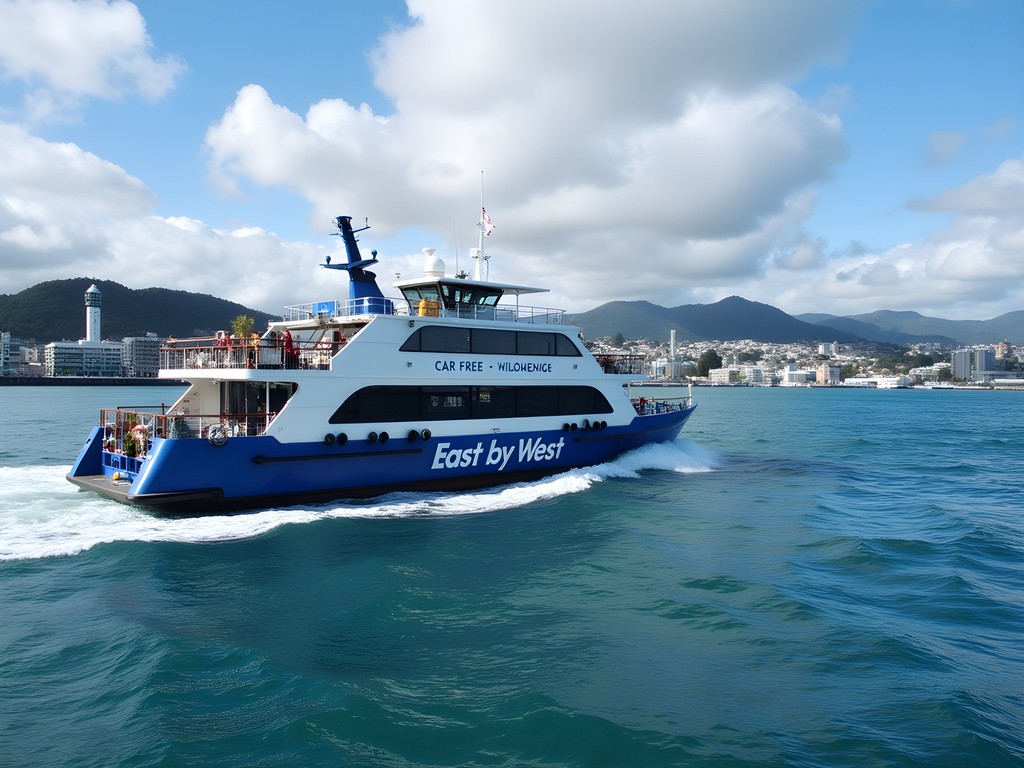
💡 Pro Tips
- Sit on the outdoor upper deck for the best views and photo opportunities
- Purchase return tickets to save money compared to two single journeys
- Check weather forecasts before planning ferry journeys as services can be canceled during severe weather
Walking Wellington: Pedestrian Pathways and Shortcuts
Perhaps Wellington's greatest transportation asset is its walkability. Despite the city's reputation for hills, the central business district and most tourist attractions sit on relatively flat terrain along the harbor's edge. This pedestrian-friendly layout allows families to connect transit options with pleasant walking segments, often discovering hidden gems between major destinations.
The Wellington Waterfront Walkway stretches nearly 3 kilometers from the Railway Station to Oriental Bay, passing museums, playgrounds, public art installations, and countless spots to pause and appreciate harbor views. This well-maintained pathway became my daily ritual—sometimes for purposeful transit, other times simply for the joy of movement along the water's edge.
For those willing to tackle some elevation, the City to Sea Walkway offers an extraordinary urban hiking experience. This 12-kilometer route connects the city center with the south coast through parks, town belt reserves, and residential neighborhoods. Families can easily tackle smaller segments, with frequent bus connections allowing for one-way journeys.
Wellington's famous cable car provides a welcome shortcut up the steep hill to Kelburn, where the Botanic Gardens await. While technically paid transport, I include it here as it functions more as a vertical pedestrian pathway than traditional transit. The five-minute journey eliminates a strenuous climb while offering progressively expanding views over the city and harbor.
As someone who has hiked extensively across North America, I've learned the importance of proper footwear for urban exploration. My walking shoes proved perfect for Wellington's varied terrain—comfortable enough for all-day city walking yet supportive enough for the occasional hill climb to viewpoints.
During my hotel management years, I always created neighborhood walking maps for guests. Wellington makes this unnecessary thanks to the excellent wayfinding signage throughout the city center, displaying walking times to major attractions and transit hubs.
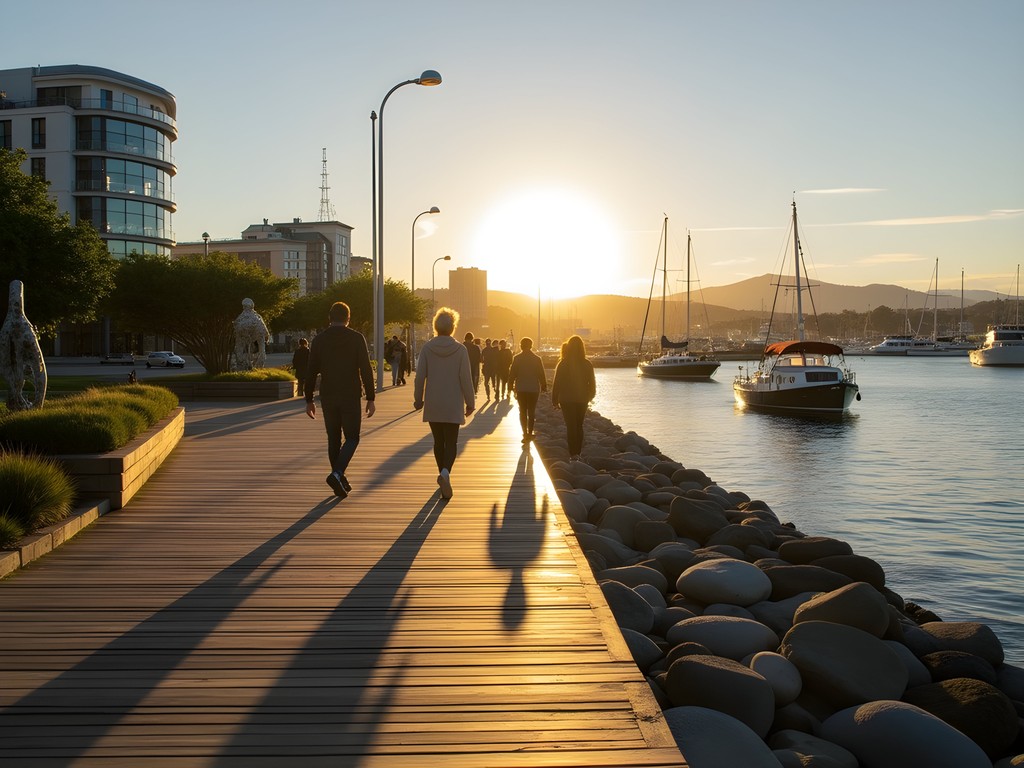
💡 Pro Tips
- Use the cable car for uphill journeys and enjoy walking downhill through the Botanic Gardens
- Download the Wellington City Council's walking app for suggested routes and points of interest
- Carry a light rain jacket regardless of forecast—Wellington's weather can change rapidly
Budget-Friendly Transit Tips for Families
Navigating Wellington without a car isn't just environmentally friendly—it's remarkably economical, especially for families mindful of their travel budget. During my week exploring the city, I discovered numerous strategies to maximize value while minimizing transit costs.
First, understand Wellington's zone system. The city center and most attractions fall within Zone 1, with costs increasing as you travel to outer zones. When planning accommodations, consider staying within Zone 1 to reduce daily transit expenses. I chose a modest hotel near Cuba Street, placing me within walking distance of many attractions while providing easy bus access to further destinations.
The Family Pass offers exceptional value for weekend explorations. Available on Saturdays, Sundays and public holidays, it allows two adults and up to four children unlimited day travel across all buses and trains within designated zones for a flat fee. Purchase this directly from bus drivers or train staff by simply requesting it when boarding.
For multi-day visits, investigate whether the 30-Day Pass might prove economical despite its higher upfront cost. If your family plans intensive sightseeing using public transport, the break-even point can arrive surprisingly quickly.
Wellington's free central city shuttle deserves special mention. This hop-on-hop-off service loops through the downtown core every 10 minutes on weekdays, connecting the Railway Station with Courtenay Place via Lambton Quay. While limited in range, it's perfect for tired little legs after a day of exploration.
I've always believed that proper preparation prevents unnecessary expenses. Before heading out each morning, I would plan our day's adventures using the travel guidebook, which contains detailed Wellington transit information and neighborhood maps. This advance planning helped us combine walking segments with strategic bus connections, eliminating redundant fares while maximizing sightseeing efficiency.

💡 Pro Tips
- Travel during off-peak hours (9am-3pm and after 6:30pm weekdays) for reduced Snapper card fares
- Children aged 5-15 receive approximately 50% discount on standard fares
- Consider accommodation location carefully to minimize daily transit costs
Final Thoughts
As I boarded my departure flight from Wellington Airport, I reflected on a week of car-free exploration that felt surprisingly luxurious rather than limiting. Wellington's thoughtfully designed public transport network had carried me from harbor cruises to hilltop vistas, urban museums to coastal villages—all without the stress of driving, parking, or navigating unfamiliar roads. For families seeking both economy and authenticity in their travels, Wellington offers a masterclass in accessible public transportation. The city's compact nature, comprehensive transit options, and pedestrian-friendly design create the perfect environment for children to develop confidence in navigating public transport while parents enjoy freedom from driving responsibilities. In my decades of travel across six continents, few cities have balanced efficiency and enjoyment so effectively. So leave the rental car behind, grab your Snapper cards, and discover Wellington as it's meant to be experienced—one bus, train, ferry, and footstep at a time.
✨ Key Takeaways
- Wellington's compact size makes it ideal for car-free family exploration
- The Snapper card system offers significant savings compared to cash fares
- Combining walking segments with strategic public transport creates the most rewarding experience
- Weekend family passes provide excellent value for day trips beyond the city center
📋 Practical Information
Best Time to Visit
year-round (summer months December-February offer more reliable weather)
Budget Estimate
$30-50 NZD daily for family transit
Recommended Duration
5-7 days
Difficulty Level
Easy

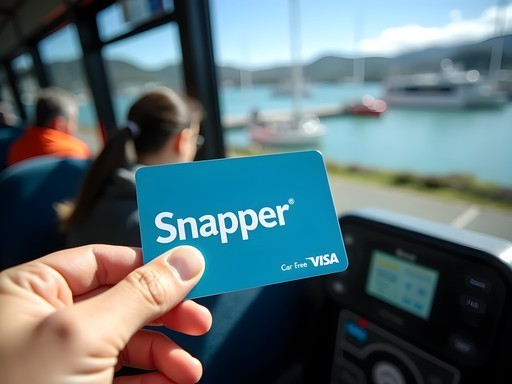
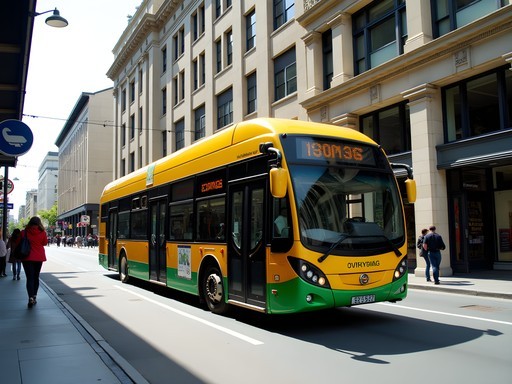

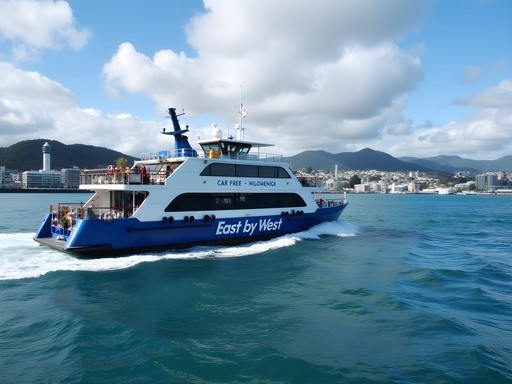
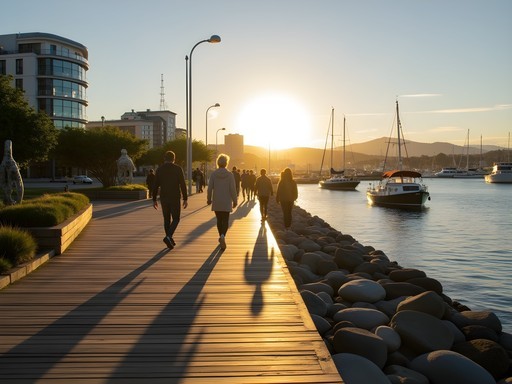
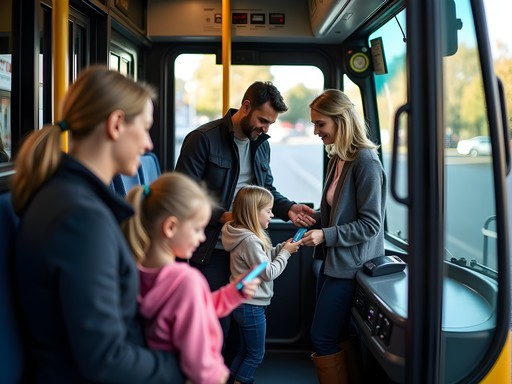



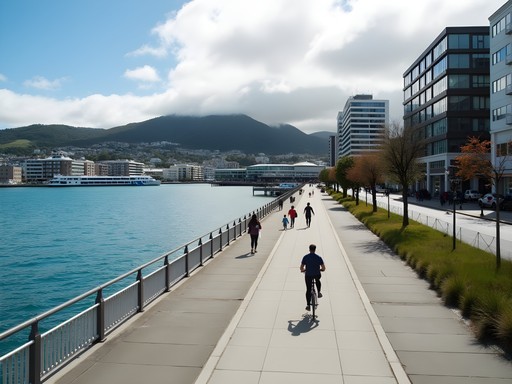

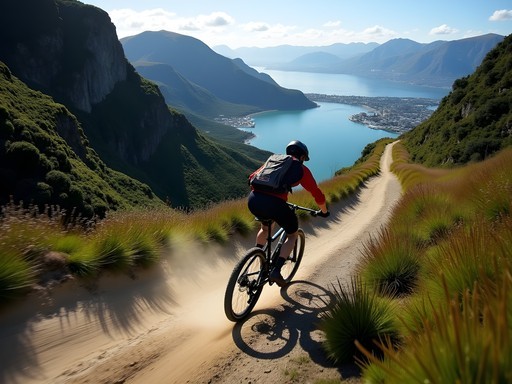


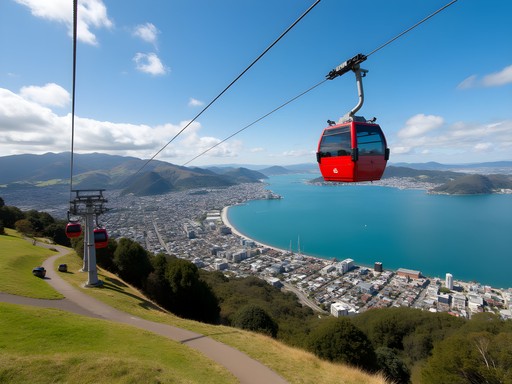
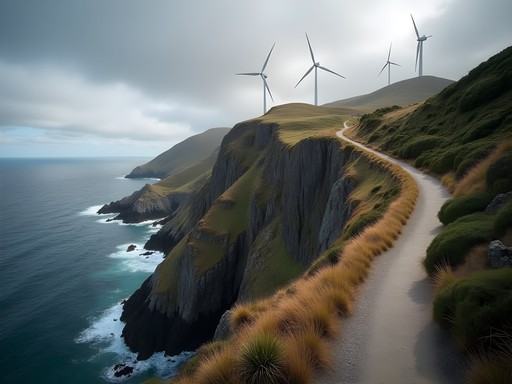
Comments
oceanwalker
We tried going car-free in Wellington last month after reading this guide. Best decision ever! The hills are no joke, so the buses saved our legs. The only tricky part was getting back from Martinborough after wine tasting (ended up splitting a shuttle with other tourists). Has anyone found good public transport options to the wine regions?
cityway900
You can take the train to Featherston then catch the local bus to Martinborough. Limited schedule though!
wanderclimber
Just booked my trip for October! This guide is exactly what I needed as a first-timer.
Adam Nichols
Having lived in cities with both excellent and terrible public transport systems, I can confirm Wellington sits firmly in the 'excellent' category. Riley's guide is spot-on regarding the integration between modes. One aspect I'd emphasize is the cost-effectiveness: I spent 9 days exploring Wellington and surrounds last month, and my total transport costs came to just under $60 NZD using a Snapper card. That included airport transfers, daily city exploration, and trips to Porirua and Lower Hutt. For those planning longer stays, consider grabbing a foldable daypack for impromptu trips when you encounter good weather. Wellington's famous winds can change conditions quickly, so being prepared to hop on a ferry or train when the weather clears is key to maximizing your experience.
tripone
Is the Snapper card worth getting for just 3 days in the city?
Adam Nichols
Absolutely. You'll save about 25% on every trip compared to cash fares, and the card itself only costs $10. Even for 3 days, if you're taking 2+ trips daily, you'll break even. Plus, it makes boarding much faster - just tap and go.
freeninja
LOVE this guide! Wellington's public transport is seriously underrated. The airport bus saved me so much $$ compared to taxis!
roamhero
How reliable is the train to the Hutt Valley? Planning a day trip there in September.
freeninja
Super reliable! Took it 3 times last month. Just check the weekend schedule as it runs less frequently.
Savannah Walker
Riley, this guide is exactly what I needed three months ago! I spent a week in Wellington last summer and navigated solely by public transport. The harbor ferry to Days Bay was magical - we packed a picnic and spent the whole day at Eastbourne Beach. One tip I'd add: download the Metlink app before arriving. I kept mine open constantly to track buses in real-time, especially when exploring the suburbs. The weather changed so quickly that knowing exactly when the next bus would arrive saved me from getting drenched more than once!
wanderclimber
Did you make it to Zealandia? Wondering if it's easy to reach by bus?
Savannah Walker
Yes! Take the #2 bus to Karori and it's a short walk from there. They also have a free shuttle from the i-SITE visitor center downtown. Definitely worth visiting!
cityway900
Totally agree about Wellington being perfect for car-free travel! Did the cable car to botanical gardens and it was a highlight.
Ana Robinson
Love that shot of the cable car! Wellington's public transport is not just practical but scenic too. We visited with our toddler last year and found the system so pram-friendly compared to many cities. The ferry to Matiu/Somes Island was a highlight - my daughter still talks about the 'boat adventure' to the island with penguins! One thing I'd suggest for families is to plan your journeys outside of peak commuter times if possible. The buses get quite packed between 8-9am and 5-6pm on weekdays, but are lovely and spacious mid-morning.
roamqueen
Wait, there are penguins on that island?? Adding this to my itinerary right now!
Ana Robinson
Yes! Little blue penguins nest there. They're mostly active at dawn/dusk, but you might get lucky. The island has a fascinating history too - it was a quarantine station and internment camp.
Riley Griffin
This brought back so many memories of our family trip to Wellington last year! We also went car-free with our three kids (ages 7, 10, and 12) and it was surprisingly stress-free. The kids actually loved figuring out the bus routes - turned it into a game. One hidden gem we discovered was taking the #2 bus to Karori Wildlife Sanctuary (Zealandia). The bus drops you pretty much at the entrance, and we saw wild kiwi birds! Also worth mentioning that most bus drivers were incredibly helpful when we looked confused with our map. One even announced our stop for us when he realized we were tourists trying to get to Te Papa museum. Wellington really is one of the most public transport-friendly cities we've visited!
Venture X
Premium card with 2X miles, $300 travel credit, Priority Pass